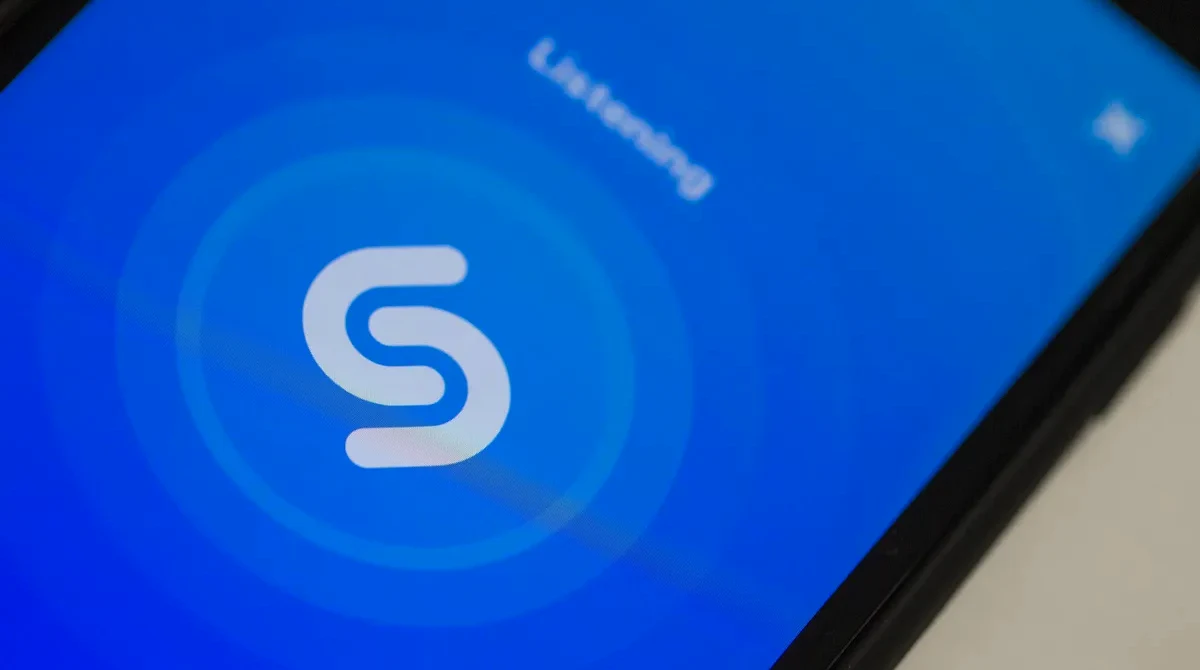
The more you understand what you’re using, the better you can use it. Yet honestly, Shazam is one of those tech apps you use without ever understanding the magic underneath it.
You open an app, tap a button, and within seconds, the exact song appears. That kind of speed and accuracy makes one wonder how Shazam manages to know almost every song it’s asked to identify, and more curiously, how the free App actually makes money. After all, unless you’re a DJ, who is willing to foot a monthly subscription for an App they might only use twice a month for just three seconds?
How Does Shazam Recognise Music?
Interestingly, Shazam isn’t the only one pulling this trick. SoundHound and Google Assistant (which is actually good with its hum search feature) work the same way.
When you tap that blue Shazam button, the app records a few seconds of audio through your phone’s microphone, converts it into digital form, and analyses it to create what’s called a “spectrogram,” a visual map showing which sound frequencies are most dominant at each time. From this, Shazam extracts a unique “fingerprint,” formed from frequency-time points that are as distinct as a human fingerprint. Your phone then sends this fingerprint, just a few kilobytes of data, to Shazam’s servers, where it’s compared against a massive database of stored fingerprints from millions of songs. If there’s a match, the app identifies the song within seconds.
Wait! Where does Shazam get all this music from? No, it doesn’t crawl YouTube or listen to the radio all day. Instead, Shazam’s database is built from official audio catalogues provided by record labels and independent artists through music aggregators like TuneCore, DistroKid, and CD Baby, which handle digital distribution to streaming services such as Apple Music, Spotify, and YouTube Music, and at the same time, to Shazam.
When a new song is uploaded for digital distribution, a copy of its metadata and audio fingerprint is sent to Shazam’s system, which stores and organises it in Apple’s cloud for instant recognition. Apple acquired Shazam in 2018.
That’s why even obscure or newly released tracks can be recognised instantly, as long as they’ve been distributed to digital service providers (DSPs). Mind you, Shazam doesn’t store full songs or lyrics, only the compact fingerprint data that uniquely identifies each track. This setup keeps the app lightweight and fast while maintaining one of the most comprehensive music databases in the world.
The best part is that this process works even in noisy environments, since Shazam isn’t really “listening” to lyrics or melody but analysing the frequency patterns that remain stable even through background noise.
Related Stories: Spotify Premium Now Includes Free Audiobooks — Here’s How to Listen
Related Stories: What Companies Don’t Want You to Know About Terms and Conditions
How Does Shazam Make Money?
How does Shazam make money if it’s free to use? While the app used to show ads, it is now largely ad-free under Apple’s ownership. It still generates revenue through affiliate and referral commissions whenever you tap to stream or buy a track on Apple Music, Amazon Music, or other linked platforms. Data analytics has long kept Shazam in business: each song identification provides insights into trends and listening habits, helping Apple and the music industry understand what’s popular and even spot emerging artists.
Although free today, Shazam originally charged UK users £0.50 per song identification via SMS when it launched in 2002.
With over 300 million monthly users, Shazam doesn’t even store or transmit full songs, just fingerprints a few kilobytes in size, making it fast and efficient. Interpretation? For users, it’s a simple way to satisfy your curiosity about what’s playing; for artists and the music industry, it’s a valuable discovery and analytics tool that helps songs reach more ears.